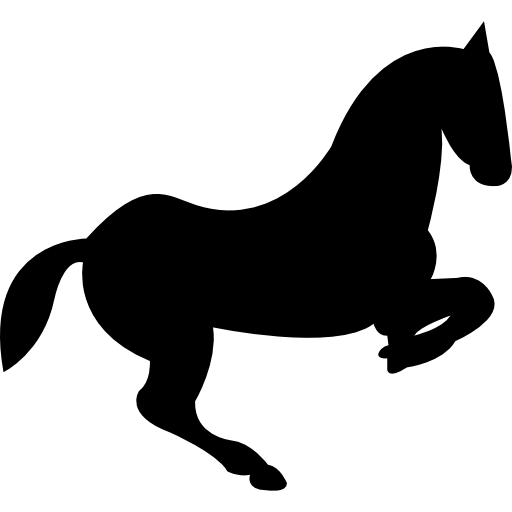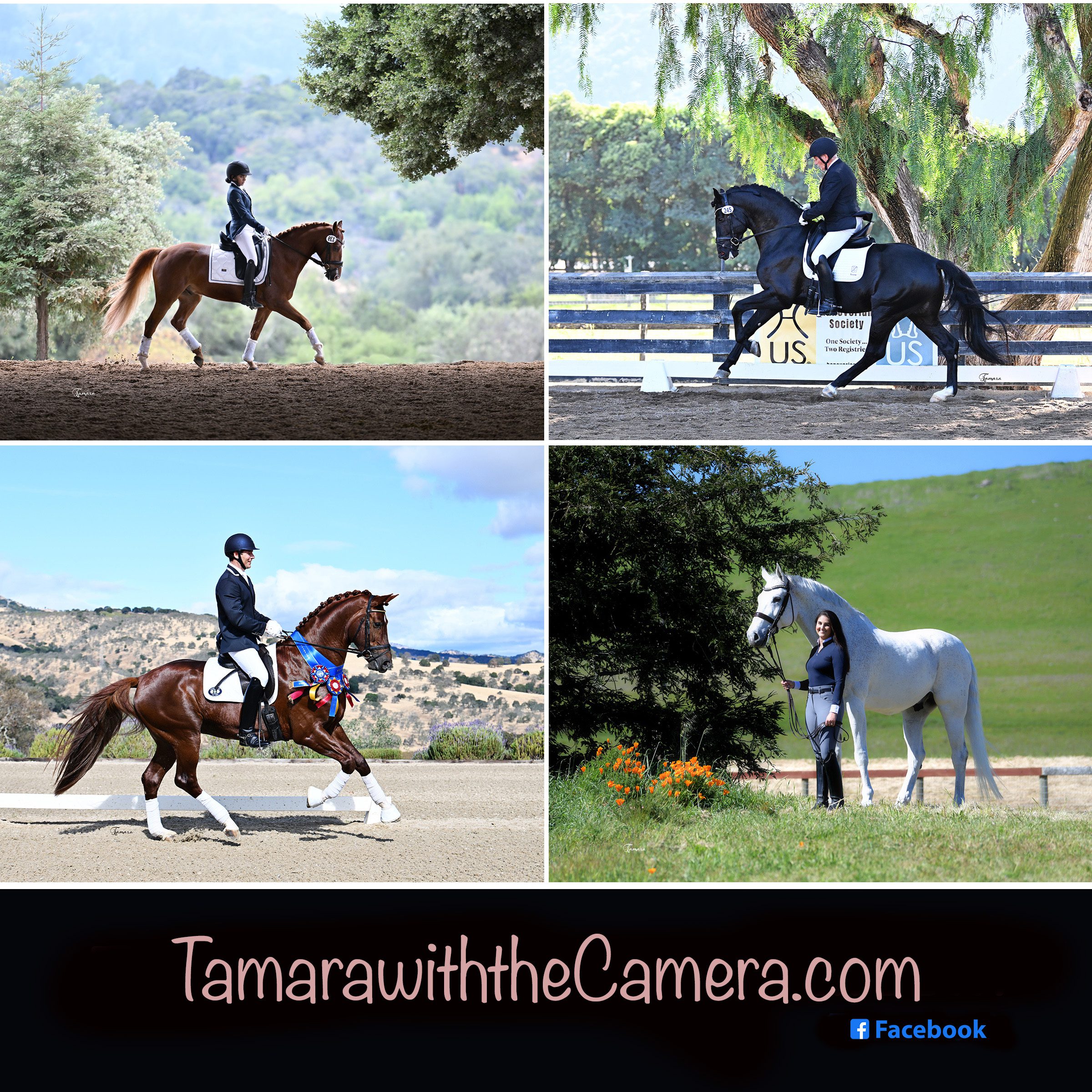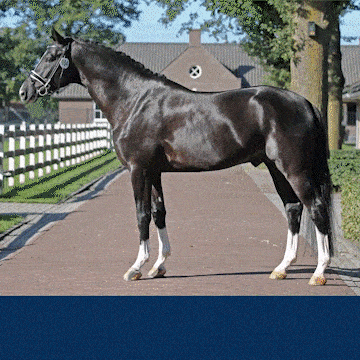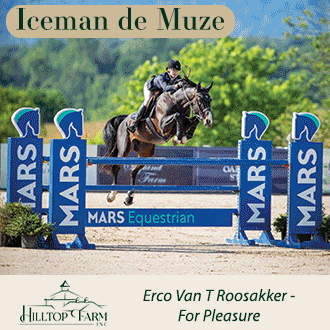
Overview
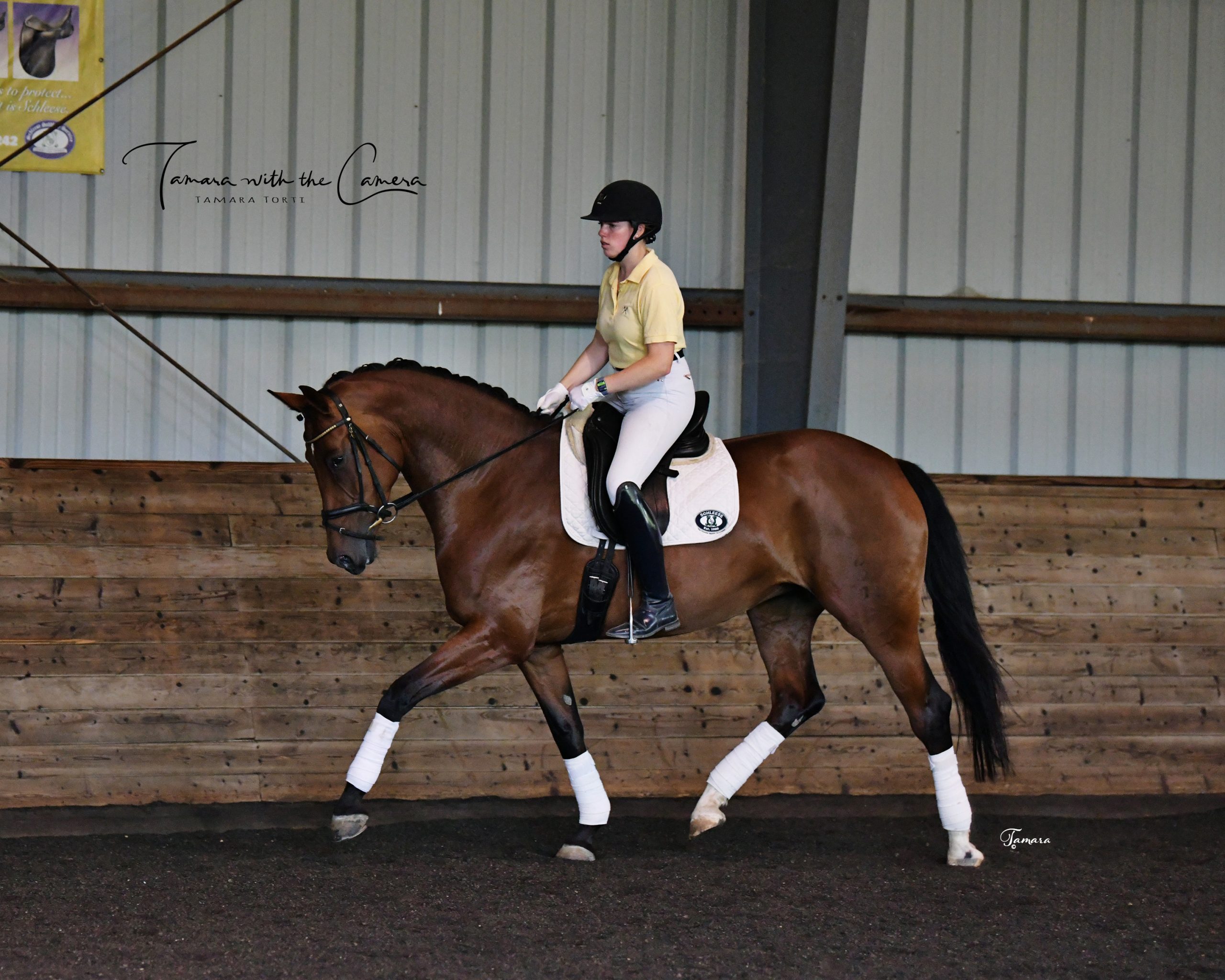 Owners are encouraged to performance test their mares to determine their rideability and whether their talent lies in jumping or dressage. A study in Germany shows a high correlation between the Mare Performance Test (MPT) results and the ability to predict the talents of a mare's offspring. The test is not required, but can be an invaluable aid in determining the breeding goal for a mare. Genetic correlations, especially related to jumping and the high correlation of inheritability of gaits make the Mare Performance Test a very important tool in deciding whether to breed a mare for jumping or dressage offspring.
Owners are encouraged to performance test their mares to determine their rideability and whether their talent lies in jumping or dressage. A study in Germany shows a high correlation between the Mare Performance Test (MPT) results and the ability to predict the talents of a mare's offspring. The test is not required, but can be an invaluable aid in determining the breeding goal for a mare. Genetic correlations, especially related to jumping and the high correlation of inheritability of gaits make the Mare Performance Test a very important tool in deciding whether to breed a mare for jumping or dressage offspring.
The "traditional" Mare Performance Test evaluates a mare's rideability, gaits and jumping talent, with each area weighted one-third in the final score. During the dressage portion of the test, a mare's gaits are rated in addition to her temperament and character. Mares must be able to show a lengthened stride in each gait and such simple dressage movements as a three loop serpentine and free walk on a loose rein. The jumping portion of the test is conducted in a jumping chute without a rider rather than over a jump course with a rider. The mare's technique and scope are scored.
NEW for 2024, owners now have the option to enter their mares in the MPT as a dressage only test where their horses will not be asked to free jump, and instead, will be evaluated using only rideability and gait scores (walk, trot, canter). Similar changes have been made to the MPT offered by the Hanoverian Verband.
While the Premium Mare Candidate title itself does not depend on the MPT format used, horses must perform under the traditional format with both dressage and free jumping to be considered for any of the AHS’s MPT-related perpetual awards.





